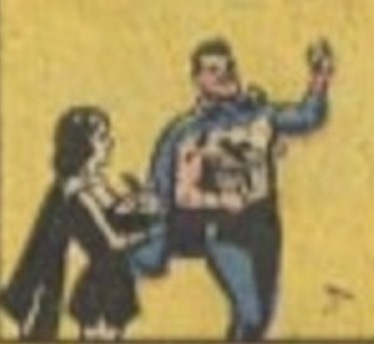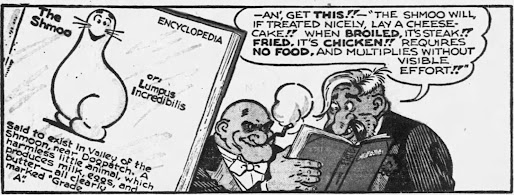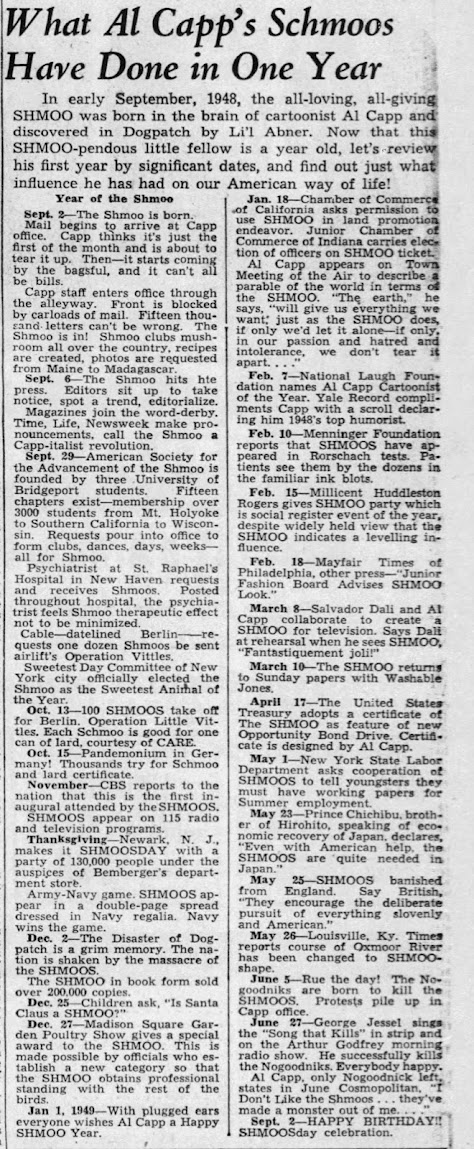One of my first favorite comics series was The Legion of SuperHeroes in ADVENTURE COMICS. One of my earliest issues was the now-infamous Adult Legion story in which Superman, for the first time since he was Superboy, visited the 30th Century club he had inspired. On the cover of the first part of that two part story, we see a hall of statues to dead Legionnaires. Ferro Lad, we knew. The other four, including Chemical King and Shadow Woman, were new.
Or were they? While both of those two characters would later be introduced into continuity by Jim Shooter, the writer of the Adult Legion story, is it possible Shadow Lass, unnamed, appeared earlier?
You see, Superman, despite what he says in the ADVENTURE story, had actually met some of the Adult Legion several times, first in an issue of Superman and then, with Supergirl, in an issue of Action Comics. In the latter, from 1962, as they arrive through the Time Barrier, we see several Legionnaires walking along including one who, in retrospect, looks familiar.
Could it be? Pure coincidence or did young Shooter see this and decide to flesh out who it was when he did the Adult Legion story 4 years later?















































